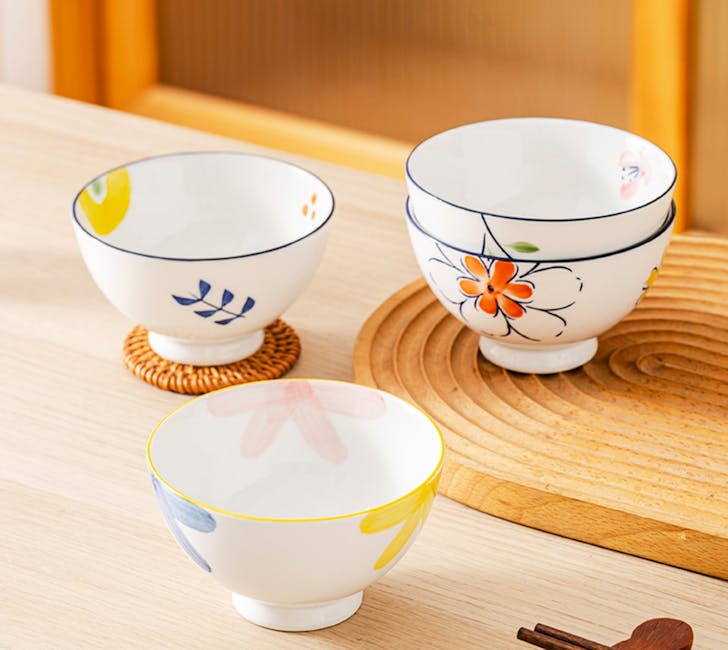Minimalist living is more than a design trend—it’s a lifestyle that empowers you to focus on what truly matters. In a world overflowing with distractions and possessions, choosing minimalism means intentionally simplifying your home, your habits, and your mindset. At Style QA, where everything is styled with purpose and answered with insight, we believe minimalist living can help you reclaim freedom, clarity, and joy. In this comprehensive guide, we’ll explore the principles, benefits, and actionable steps to start your minimalist journey and maintain it for years to come.
What Is Minimalist Living?

Photo by Jenna Hamra on Pexels
Minimalist living is about intentionally choosing less so you can experience more. It’s not about deprivation or stark, empty rooms; rather, it’s a conscious decision to remove the excess that distracts from what truly matters. The core of minimalist living is purpose: every item, commitment, and habit should serve a meaningful function in your life. Whether you’re drawn to minimalism for its aesthetic appeal, its promise of freedom, or its environmental benefits, the journey begins with redefining what “enough” means for you.
Minimalist living encourages you to ask: Do I truly need this? Will it add lasting value to my life? By answering these questions, you shift from mindless accumulation to thoughtful curation. This approach isn’t about rigid rules; it’s about creating space for what brings you joy, peace, and fulfillment. From your home environment to your daily routines, minimalism empowers you to live with intention and clarity.
Why Embrace Minimalism?

Photo by Pavel Danilyuk on Pexels
The appeal of minimalist living extends far beyond tidy spaces. Here are some compelling reasons to embrace this lifestyle:
- Freedom from clutter: Less physical and mental clutter means more energy and focus for what matters most.
- Reduced stress: A streamlined environment soothes the mind and reduces decision fatigue.
- Financial clarity: Buying less means saving more, allowing you to invest in experiences and goals that align with your values.
- Environmental impact: Consuming less reduces waste and supports sustainability.
- Deeper connections: With fewer distractions, you can nurture relationships and meaningful experiences.
Minimalist living isn’t a one-size-fits-all approach. Your version of minimalism may look different from someone else’s, and that’s the beauty of it. The goal is to create a life that reflects your values, not someone else’s standards.
Getting Started: The First Steps to Minimalist Living

Photo by Mathias Reding on Pexels
Beginning your minimalist journey can feel overwhelming, but it’s easier when broken down into manageable steps. Here’s how to start:
- Define your why: Clarify your motivation for embracing minimalism. Is it to reduce stress, save money, or gain more time? Writing down your reasons keeps you focused and inspired.
- Start small: Choose one area—a drawer, a shelf, or a closet—to declutter. Tackling a small space builds momentum and confidence.
- Sort with intention: As you assess each item, ask yourself if it serves a purpose or brings joy. If not, let it go.
- Practice gratitude: Focus on what you’re keeping and why. Gratitude shifts your mindset from scarcity to abundance.
- Adopt the one-in, one-out rule: For every new item you bring in, let go of something else. This prevents clutter from creeping back in.
Remember, minimalist living is a journey, not a destination. Celebrate your progress, no matter how small, and adjust your approach as your needs evolve.
Decluttering Your Home: Room-by-Room Strategies
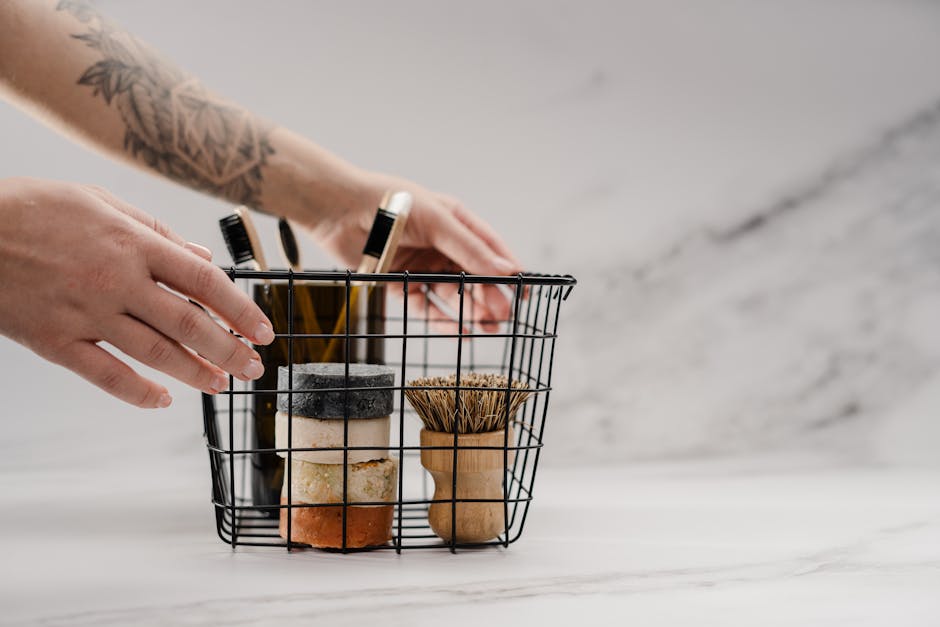
Photo by cottonbro studio on Pexels
Decluttering is a cornerstone of minimalist living. Here’s how to approach it systematically:
- Entryway: Keep only essentials—shoes, coats, and bags you use regularly. Use hooks, baskets, or shelves to organize items neatly.
- Living room: Remove excess decor and unnecessary furniture. Opt for multi-functional pieces and keep surfaces clear.
- Kitchen: Pare down utensils, gadgets, and dishes to what you truly use. Store items in designated zones for efficiency.
- Bedroom: Limit bedding, clothing, and accessories to favorites. Store off-season items out of sight.
- Bathroom: Discard expired products and duplicates. Use trays or bins to organize daily essentials.
Work through each room at your own pace, focusing on progress over perfection. The goal is to create spaces that feel open, calm, and purposeful.
Minimalist Mindset: Shifting Your Perspective
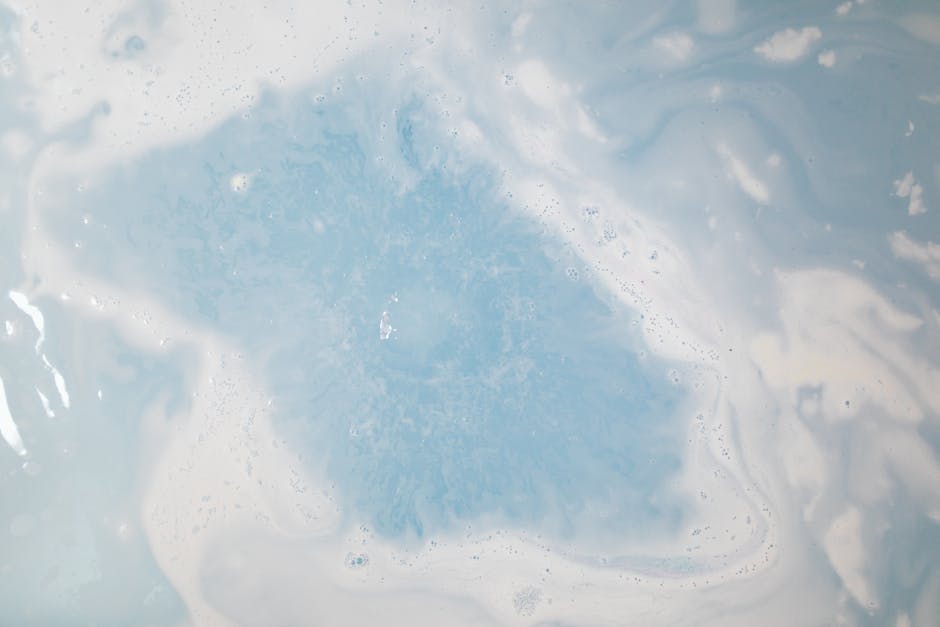
Photo by Photo By: Kaboompics.com on Pexels
Minimalist living isn’t just about what you own—it’s about how you think. Cultivating a minimalist mindset means being intentional with your choices, from purchases to commitments. Here’s how to develop this perspective:
- Be mindful of consumption: Before acquiring something new, ask if it truly adds value. Avoid impulse purchases by waiting 24 hours before buying.
- Prioritize quality over quantity: Invest in durable, versatile items that last. This applies to possessions, relationships, and experiences.
- Limit commitments: Say no to obligations that don’t align with your values or goals. Protect your time and energy.
- Practice self-reflection: Regularly assess what’s working and what’s not. Adjust your habits and environment accordingly.
- Embrace gratitude: Focus on abundance, not lack. Appreciate what you have and let go of the rest.
Over time, a minimalist mindset leads to greater clarity, fulfillment, and peace. It empowers you to live with intention, free from the burden of excess.
Minimalism Beyond the Home: Digital and Emotional Simplicity

Photo by Marek Piwnicki on Pexels
Minimalist living extends beyond your physical environment. Digital and emotional clutter can be just as draining as physical mess. Here’s how to simplify these areas:
- Digital declutter: Unsubscribe from emails, delete unused apps, and organize files into clear folders. Limit screen time and curate your social media feeds to inspire, not overwhelm.
- Emotional simplicity: Let go of toxic relationships, unresolved grudges, and unrealistic expectations. Practice forgiveness and self-compassion.
- Streamline routines: Batch similar tasks, automate bill payments, and create morning and evening rituals that set a positive tone.
- Prioritize experiences: Invest in activities that enrich your life—travel, learning, or creative pursuits—instead of accumulating more stuff.
By addressing digital and emotional clutter, you create space for presence, creativity, and genuine connection.
Maintaining Minimalist Living: Habits for Lasting Change

Minimalist living is not a one-time project but a lifelong practice. Here’s how to maintain your minimalist lifestyle:
- Regular reviews: Schedule monthly or seasonal check-ins to reassess your belongings and commitments. Let go of what no longer serves you.
- Mindful purchasing: Before buying, ask yourself if the item aligns with your values and needs. Avoid shopping as a hobby or emotional outlet.
- Gratitude practice: Keep a gratitude journal to stay focused on abundance and contentment.
- Share the journey: Connect with others pursuing minimalist living. Share tips, challenges, and successes for mutual support.
- Stay flexible: Life changes, and so will your version of minimalism. Adapt as needed to ensure your lifestyle continues to serve your evolving goals.
Consistency is key. The more you practice minimalist habits, the more natural and rewarding they become.
Minimalism and Style: Creating a Home with Purpose
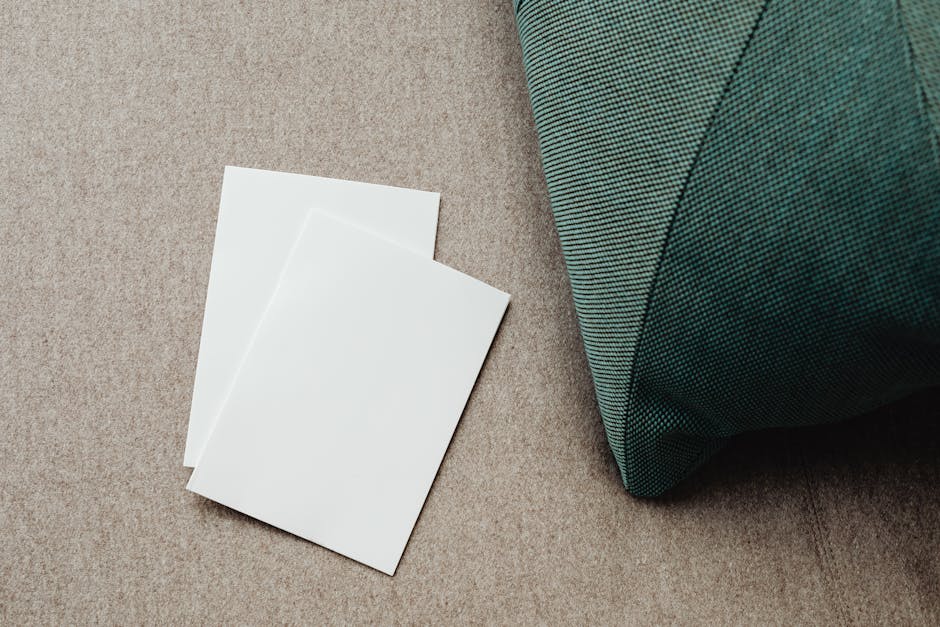
Photo by Photo By: Kaboompics.com on Pexels
Minimalist living doesn’t mean sacrificing style. In fact, it encourages you to curate a home that reflects your personality and values with intention. Here’s how to blend minimalism and style:
- Choose a cohesive color palette: Neutral tones with occasional pops of color create a calm, timeless look.
- Opt for functional decor: Select pieces that are beautiful and useful—think sculptural lighting, statement furniture, or art that inspires.
- Highlight negative space: Allow empty areas to breathe. Negative space draws attention to what matters and fosters a sense of tranquility.
- Invest in quality: Fewer, better pieces elevate your space and reduce the need for constant replacements.
- Personalize with intention: Display meaningful items—photos, heirlooms, or travel mementos—that tell your unique story.
Your minimalist home should feel welcoming, functional, and reflective of your values. Style QA believes that when you style with purpose, you create spaces that nurture and inspire.
Minimalist Living for Families
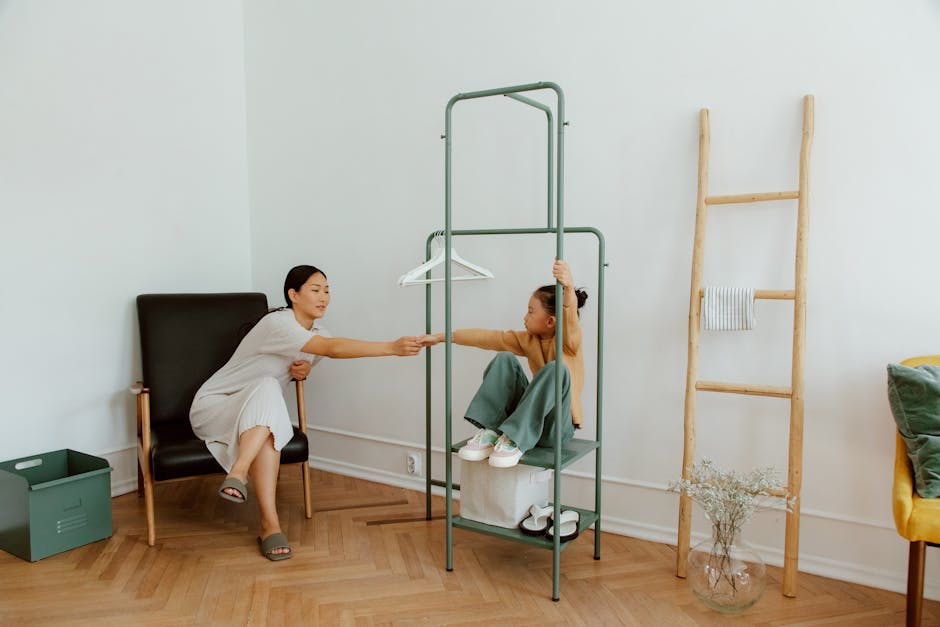
Minimalist living is not just for singles or couples—it can benefit families, too. Here’s how to embrace minimalism as a family:
- Involve everyone: Make decluttering a team effort. Teach children the value of quality over quantity and involve them in decision-making.
- Streamline routines: Simplify schedules and prioritize activities that align with your family’s values.
- Create shared spaces: Design communal areas that encourage connection and creativity, free from unnecessary distractions.
- Focus on experiences: Plan family outings, game nights, and creative projects instead of accumulating more toys or gadgets.
- Model mindful consumption: Demonstrate thoughtful purchasing and gratitude for what you have.
Minimalist living as a family fosters stronger bonds, reduces stress, and creates space for shared growth and joy.
Overcoming Challenges on the Minimalist Journey
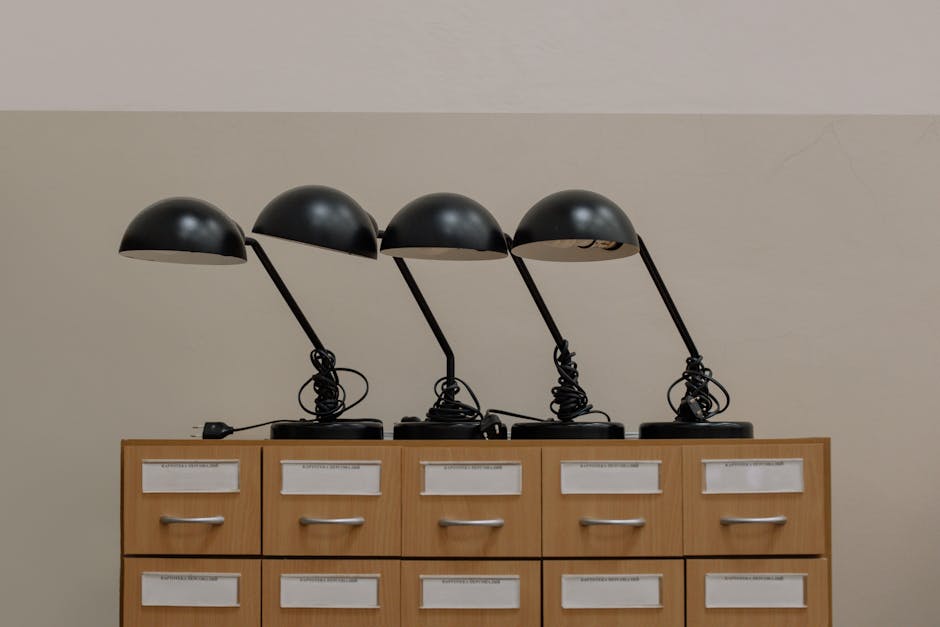
Photo by cottonbro studio on Pexels
Every minimalist journey comes with obstacles—emotional attachments, societal pressures, or family resistance. Here’s how to navigate common challenges:
- Emotional attachment: Acknowledge the memories tied to items, but remember that the memories live within you, not the objects. Take photos of sentimental items before letting them go.
- Guilt or obligation: Release gifts or inherited items that don’t serve you. Honor the gesture, but prioritize your own needs and space.
- Societal expectations: Minimalism may go against consumer culture. Stay true to your values and seek support from like-minded communities.
- Family resistance: Lead by example and communicate the benefits of minimalist living. Encourage, but don’t force, others to join.
- Fear of missing out: Focus on what you gain—time, freedom, and peace—instead of what you’re letting go.
Challenges are a natural part of change. With patience and persistence, you can overcome obstacles and enjoy the lasting rewards of minimalist living.
The Lasting Benefits of Minimalist Living
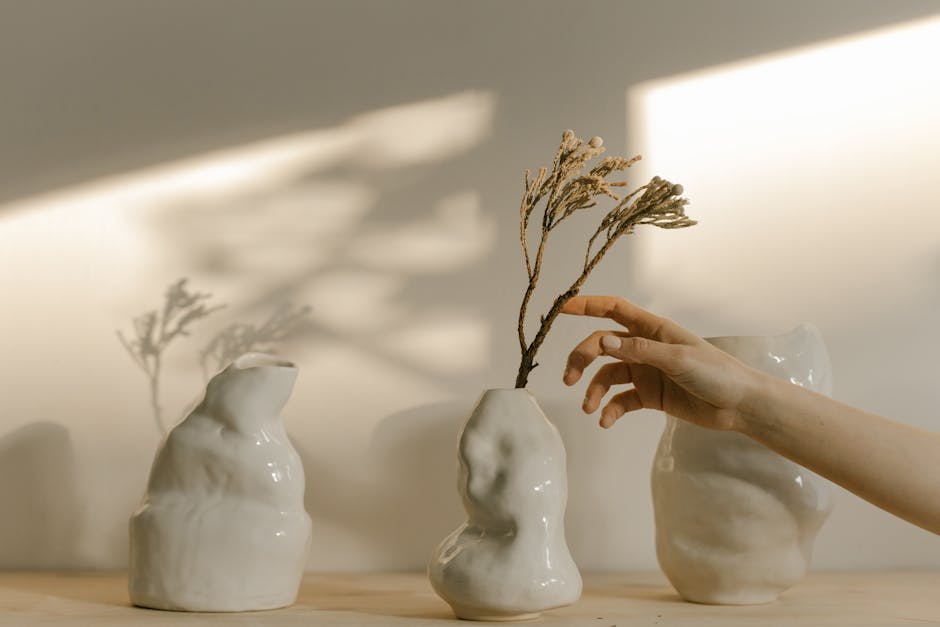
Photo by cottonbro studio on Pexels
Minimalist living is a lifelong gift to yourself and those around you. By embracing simplicity, you create space for:
- Greater freedom: Less to manage means more time and energy for what matters.
- Deeper fulfillment: A life aligned with your values brings lasting satisfaction.
- Stronger relationships: With fewer distractions, you can nurture meaningful connections.
- Personal growth: Minimalism frees you to pursue passions, learn new skills, and grow as an individual.
- Sustainable impact: Consuming less supports the planet and future generations.
Minimalist living is not about perfection—it’s about progress. Every step toward simplicity brings you closer to a life styled with purpose and answered with insight. At Style QA, we invite you to embrace the journey and discover the transformative power of living with less.
Sources
- https://www.ekster.com/blogs/the-journal/how-to-stay-organized-and-embrace-minimalism-in-2025
- https://minimalisthome.ca/a-to-z-minimalist-home-decluttering-strategies/
- https://www.designservicesltd.com/2025/01/31/the-art-of-minimalist-living-how-less-stuff-leads-to-more-freedom-in-2025/

